Ever felt stuck in an emotional but unhealthy bond? Learn the art of cutting those toxic ties, embracing freedom, and finding new energy with empowering rituals and techniques!
Many of us instinctively want to take away another person’s pain, especially a loved one, but that can be unhealthy for those who soak up their negative energy.
I’ve learned to be present for my patients but not shoulder their discomfort. Since I frequently give workshops and speak in front of hundreds of people at a time, it’s essential that I ground and protect myself.
Then I won’t absorb the suffering of the participants (suffering is present in all humans), which is amplified in large groups. This allows me to do the teaching I love and not get worn out by excessive stimulation.
One strategy I teach my patients and workshop participants to help them maintain healthy relationships is a cord-cutting visualization technique.
Related: Is Your Woundedness Attracting People Who Are Unhealthy For You?
My patient, Terry, realized she had been absorbing her mother’s anxiety since childhood. She has a big heart and was unconsciously taking on her loved one’s emotions.
However, once Terry became aware of this dynamic, I taught her to set boundaries by visualizing cutting an energetic cord between herself and her mother’s anxiety.
How To Cut An Unhealthy Bond?
This technique from my book, The Empath’s Survival Guide allowed Terry to create a healthy boundary and still remain a caring daughter.
Practice A Partial Energetic Cord Cutting Visualization
If you feel you are too connected with someone’s physical or emotional state, visualize a cord of light extending from your belly to theirs.
Then lovingly set your intention to cut the cord with their pain or discomfort–you’re not severing the connection with the total person. Next, visualize taking a pair of scissors and cutting the cord between you and the aspect of the person you want distance from.
Sometimes though you might attract a specific type of negative person because of the mutual emotional issues you both need to heal. This can lead to entering into an unhealthy “wound mate relationship” where you keep repeating the wounding process with each other.
There’s an odd psychological comfort to this because it’s what you both know, what you’re used to. You become attached to a toxic person and can’t let go.
This keeps you stuck in a painful cycle. For instance, your low self-esteem attracts people who criticize you, and the criticizer attracts people whom they can belittle because their parents belittled them.
Be careful not to perpetuate wound mate relationships. Instead, let these people, whether they are friends, coworkers, spouses, or anyone–spur you to develop self-awareness and heal the initial wound. Then you can grow out of these relationships and find more fulfilling ones.
Some energy vampires, such as a narcissist, are so toxic you’ll need to stop all contact with them. To end this type of relationship (or anyone with whom you want a complete break), go cold turkey. Keep moving and never look back.
In addition, use this strategy also from my book, The Empath’s Survival Guide to help you completely cut an energetic cord with them.
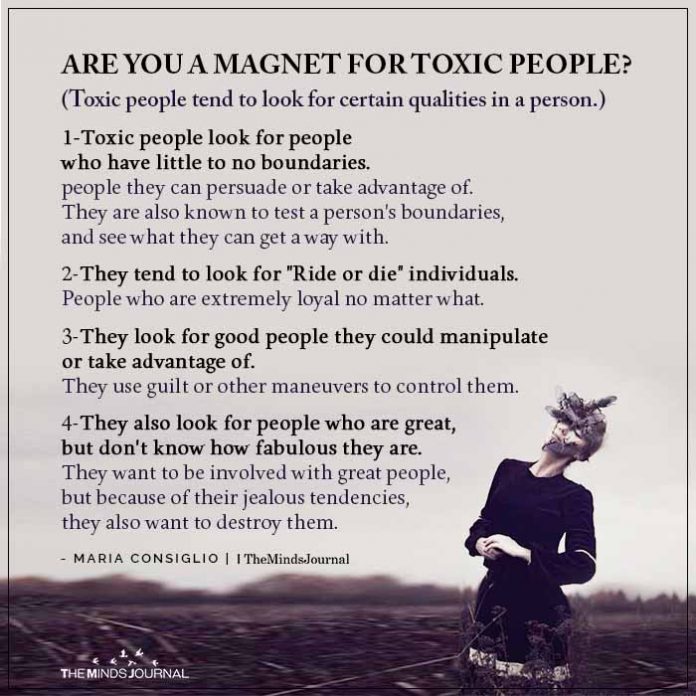
Practice a Complete Cord Cutting Visualization
In a calm state, picture cords of light connecting both of you. Inwardly say “Thank-you,” for what you’ve learned from the relationship even if the lessons were hard.
Then firmly assert, “It’s time to completely break our bonds.” Next, visualize taking a pair of scissors and cutting each bond completely so you’re free of any mutual energetic ties. This will help you release this relationship and also remove the lingering energy that you feel from the person.
Have honorable closure. This shamanic technique lets you release a relationship, particularly if you keep thinking about the person or sense that they’re thinking about you.
Go out in nature and find a large stick. Look at the stick and declare, “This relationship is over.” Then break the stick in half, leave the pieces on the ground, walk away, and never look back. This finalizes the ceremony of closure.
Related: Traumatic Bonding: How A Narcissistic Relationship Is Similar To Stockholm Syndrome
Learning to set healthy boundaries, or if necessary complete breaks with those who drain you will protect your sensitivities and enhance your well-being.
Adapted from Dr. Judith Orloff’s “The Empath’s Survival Guide: Life Strategies for Sensitive People,” a guidebook for empaths and all caring people who want to keep their hearts open in an often-insensitive world.
Written by Judith Orloff
Originally appeared in Judith Orloff M.D





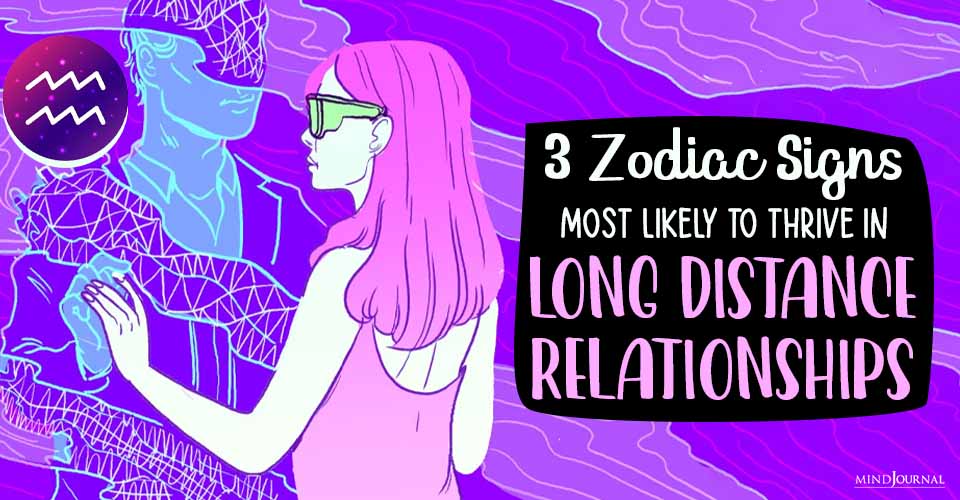
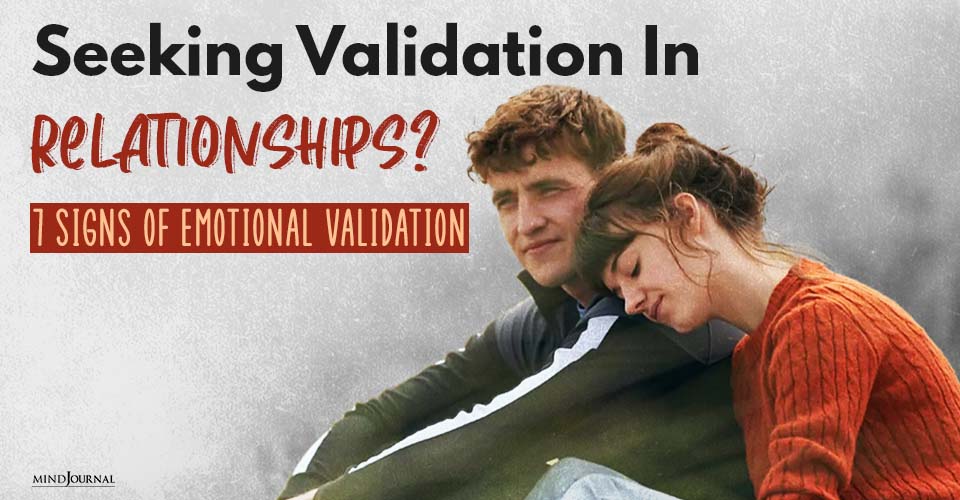
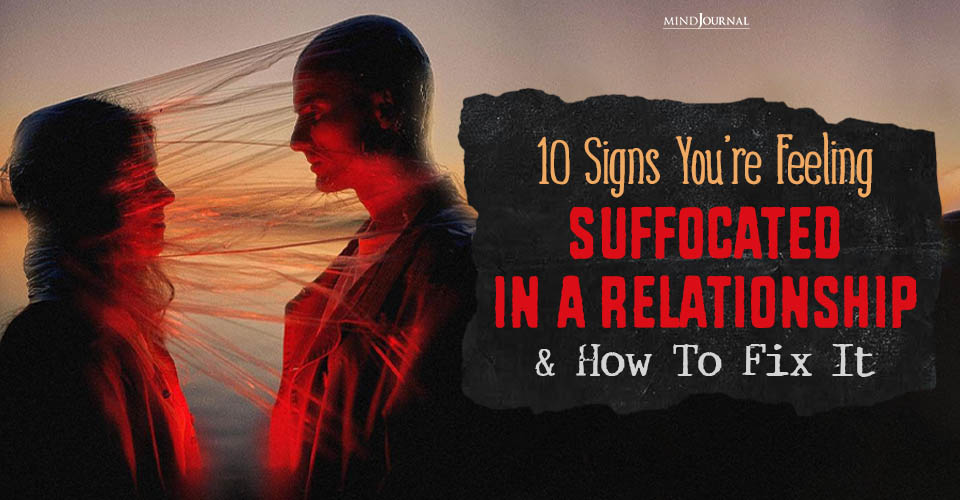
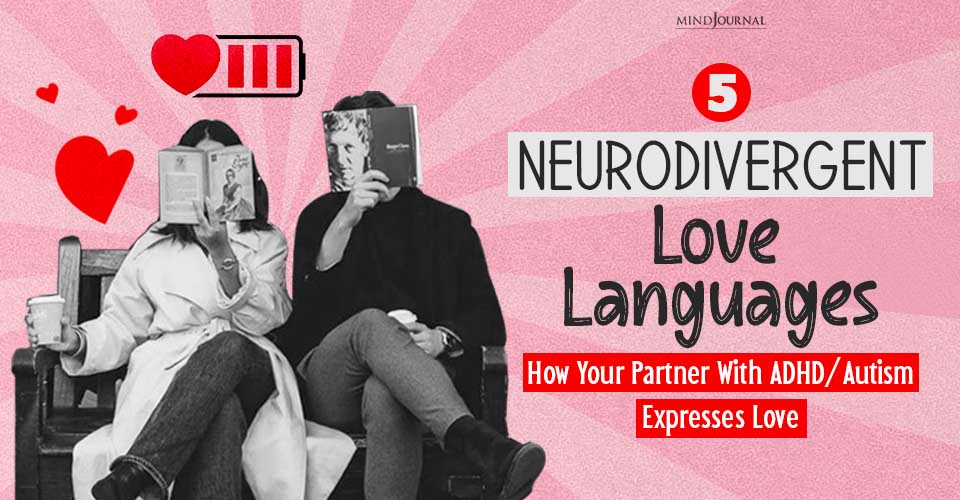



Leave a Reply